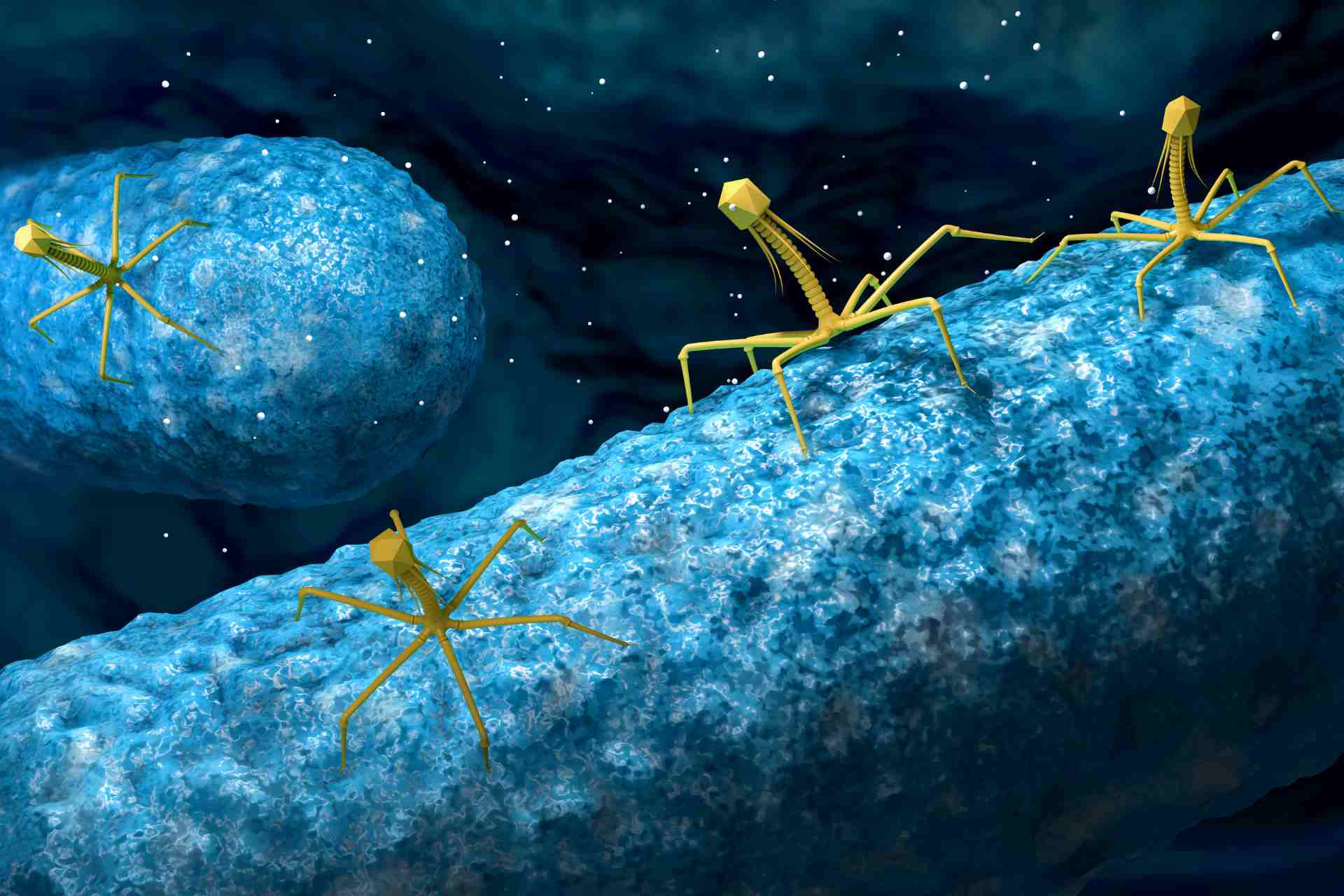What is already known
Bacteriophages, or phages, are viruses that infect and replicate within bacteria and archaea, and they are an important component of the human microbiota. However, the phage colonization process in the infant gut remains largely unknown.
What this research adds
Researchers characterized the community of gut phages of 28 full-term and 24 preterm infants during the first three years of life. Infants gained adult-like diversity in gut phages by age three and were more likely to retain maternally transmitted strains.
Conclusions
The findings suggest that different factors, including maternal seeding and phage persistence in the gut, contribute to the colonization of the gut by phages.
The early-life gut microbiota can influence an infant’s development and health. Now, researchers have characterized the trajectory of viruses called phages in the infant gut ecosystem — work that provides insights into the succession of these microbes during early life.
The findings, published in Cell Host & Microbe, reveal that infants gain adult-like diversity in gut phages by age three and are more likely to retain maternally transmitted strains.
Bacteriophages, or phages, are viruses that only infect and replicate within bacteria and archaea. Scientists have known that the acquisition of phages occurs shortly after birth, but although these viruses are an important component of the human microbiota, the phage colonization process in the infant gut remains largely unknown.
Previous research revealed that a small fraction of gut bacteria can persist in infants for at least one year. “Given that the development of viromes likely parallels that of bacteria, it is possible that certain phages could also persist in infants for 1 year or longer,” the researchers say. “These long-term persisting phages could possibly play pivotal roles in shaping the gut microbiome assembly.”
To track the trajectory of phages in early life, the team — led by Yue Clare Lou at the University of California, Berkeley — analyzed the community of gut phages, or the phageome, of more than 50 infants from birth to age three.
Gut phageome
For three years, the researchers followed 28 full-term and 24 preterm infants along with their mothers, collecting about 11 fecal samples from each infant and up to two maternal fecal samples — one around birth and one when the infant turned three years old. Then, the team analyzed the DNA contained within the fecal samples.
The researchers identified more than 7,000 phage species, almost half of which had not been characterized before. The richness of the early-life phageome increased over time, and by age three, the diversity of gut phages in infants was comparable to that observed in adults, the researchers found.
Among the 1,801 early-colonizing phages identified in infants, 155 — about 9% — persisted throughout the first three years of life. These persisting strains were found in half of the infants and in all mothers.
Phage persisters
All infants were more likely to retain maternally transmitted strains. However, compared to preterm infants, full-term infants were more likely to have phages that persisted in the gut ecosystem, regardless of the gender, delivery mode or feeding type. Nine bacterial genera, including Bacteroides, Parabacteroides and Bifidobacterium, were more likely than others to be infected with persisting phages, the researchers found.
“Despite consisting of a small fraction of the initial phage colonizers, phage persisters likely play a significant role in shaping the developmental trajectory of the infant gut microbiome,” the researchers say.
The findings suggest that different factors, including maternal seeding and phage persistence in the gut, contribute to the colonization of the gut by phages.









